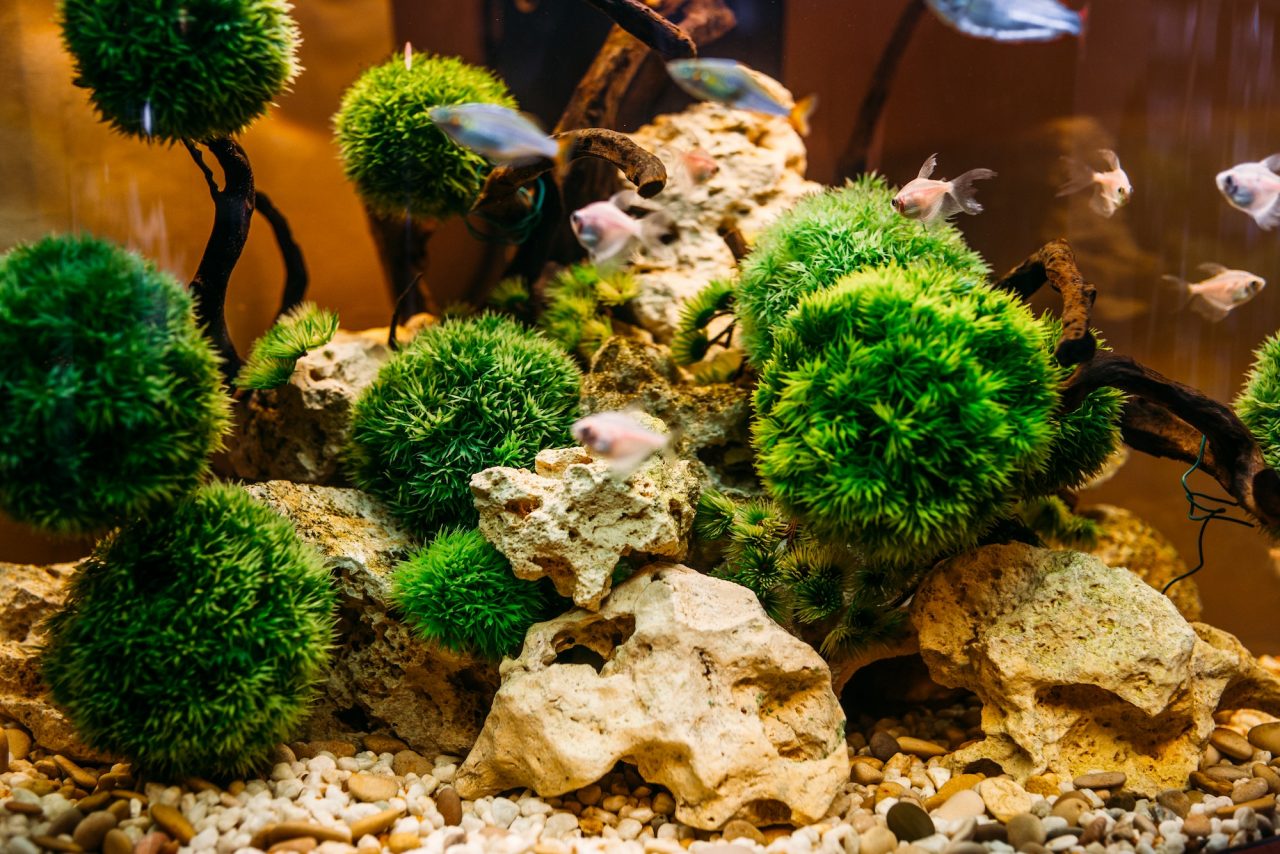The use of Calcium reactors, or as they’re sometimes referred to in the aquarium literature; limestone reactors, are not really a new idea. Back in the early to mid 1980’s Dupla Aquaristic and Albert Thiel were among the first to introduce these type of reactors to the United States. In fact, if you reference Albert Thiel’s early works you’ll find numerous details about their usage and adjustments. Back in those days they were often used to increase the carbonate hardness of reef aquaria and little mention of all their other benefits were alluded to. This was due to the limited amount of knowledge available back then.
Today we know that these reactors not only provide an increase in alkalinity, but also provides an increase in calcium, magnesium and strontium levels. They also provide much needed CO2 for the inhabitants to photosynthesize more efficiently. Though the setup of these reactors is more complicated and their cost initially is high, their use can provide ease of dosing and increased efficiency.
There are essentially two types of reactor systems; the closed and open systems. The closed system is basically a reactor where the effluent is allowed to re-circulate back into the reactor and mix more evenly with the substrate enclosed in the chamber. This has the effect of using the carbon dioxide more efficiently and lowering its consumption. This system requires that a very accurate pH control device be used. Accurate calibration and cleaning of the probes is a must with this type of system.
The open reactor basically allows the effluent to immediately mix with the contents of the main system. The consumption of CO2 is higher but if the pH control system is not running properly the excess CO2 is allowed to diffuse into and out of the system.
The closed systems are more expensive but if you have many SPS corals in your tanks then it will definitely improve their growth rate. You may also elect to inject CO2 in a diffusing reactor and supplement the tank with kalkwasser. This will also work very well. In fact, the addition of CO2 will help in adding much more kalkwasser to the tank without raising the pH to dangerous levels.
Calcium reactors are excellent equipment to have if you can afford the cost of the initial setup. They will improve the conditions in the tank as well as cut down some of the chores involved with the making and dosing of Calcium solutions. They are not for everybody. The technical side of these products is something you must feel comfortable with before investing your money on a system. If you’re running small aquaria with little evaporation then one of the commercially available calcium dosing supplements are your best choice.
Calcium reactors are the best choice if you have a large number of calcium depleting organisms such as SPS corals and clams in your aquaria. The increased availability of hydrogen carbonates and carbonates will have a profound influence on their growth rate, and produce gorgeous coralines.





